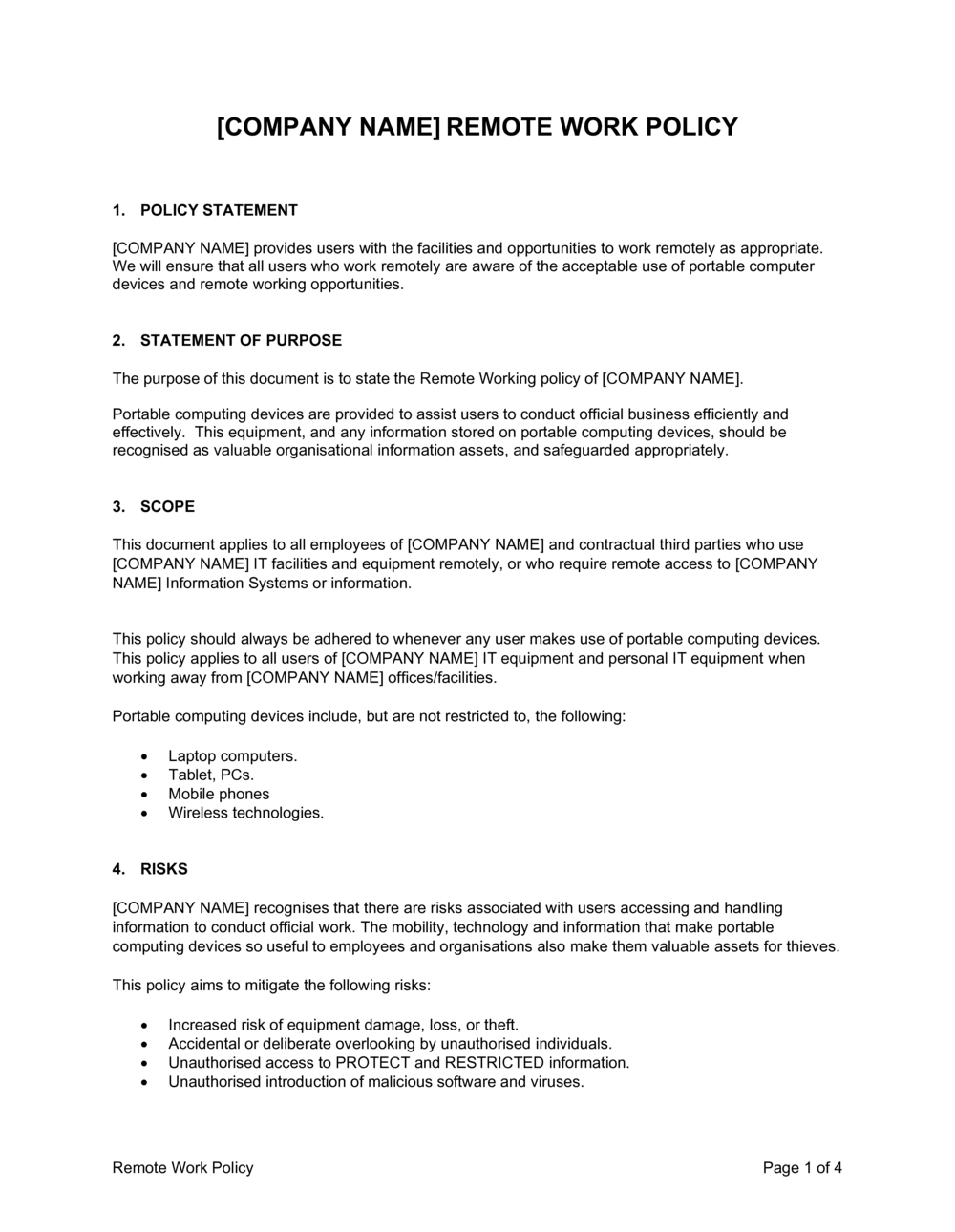
Salesforce Work-Life Balance The Reality Check
The Alluring Promise: Salesforce’s Public Image
Salesforce, a tech giant known for its innovative CRM solutions and vibrant culture, often paints a picture of a work environment that values its employees’ well-being. Their marketing materials showcase a dynamic, inclusive atmosphere where work-life balance is not just a buzzword, but a genuine priority. They boast generous benefits, flexible work arrangements, and a commitment to employee growth and development. This image, however, needs a closer look.
The Grind: Reality for Many Salesforce Employees
The reality for many Salesforce employees, however, can be quite different. While the perks are real and appreciated by many, the demanding nature of the tech industry, coupled with Salesforce’s fast-paced, highly competitive environment, often leads to long hours and intense pressure. Meeting aggressive sales targets and keeping up with the constant evolution of the company’s products and services can leave employees feeling stretched thin and constantly “on.” The expectation to be always available, even outside of traditional working hours, is a common complaint.
The Pressure Cooker: Intense Workload and Expectations
The pressure to perform is significant, particularly for those in sales and customer-facing roles. Long working days are not uncommon, often extending into evenings and weekends. The drive to achieve ambitious goals can lead to a culture of overwork, where employees feel compelled to sacrifice personal time to meet expectations. This can create a ripple effect, impacting not only individual well-being but also team dynamics and overall productivity.
The Perks and Pitfalls: Balancing the Positive and Negative
Salesforce does offer numerous benefits that genuinely contribute to a better work-life balance for some employees. These include generous parental leave policies, flexible working options, and wellness programs. However, the effectiveness of these benefits can be diminished by the demanding workload and the pervasive expectation of constant availability. For instance, the option to work remotely can become a double-edged sword, blurring the lines between work and personal life and making it difficult to truly disconnect.
The Varied Experiences: A Spectrum of Work-Life Balance
It’s crucial to acknowledge that experiences within Salesforce vary greatly depending on team, role, and manager. Some employees genuinely report a positive work-life balance, praising the company culture and supportive leadership. Others, however, describe a struggle to maintain a healthy equilibrium, constantly feeling pressured to prioritize work over personal commitments. The company’s size and diverse structure contribute to this disparity in experience.
The Importance of Self-Advocacy and Setting Boundaries
For those seeking a better work-life balance at Salesforce, self-advocacy and setting clear boundaries are crucial. Openly communicating needs and limitations with managers, negotiating flexible work arrangements, and actively utilizing the benefits offered by the company can make a significant difference. Learning to say “no” to additional tasks when feeling overwhelmed is also essential for preventing burnout and maintaining a healthy balance.
Looking Ahead: Continuous Improvement and Employee Well-being
Salesforce, like many large tech companies, faces the ongoing challenge of balancing aggressive growth with employee well-being. While the company has implemented various initiatives to promote a healthy work environment,















